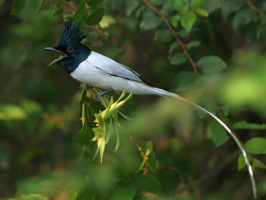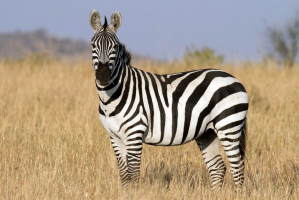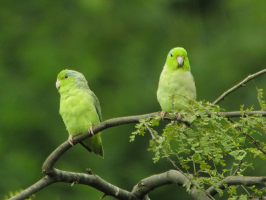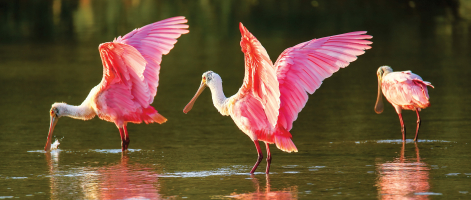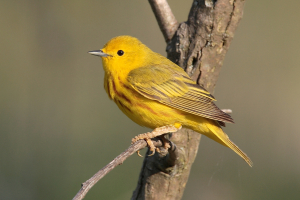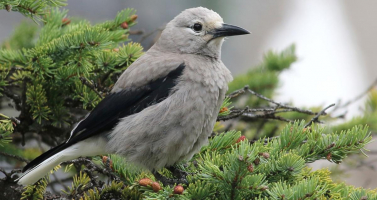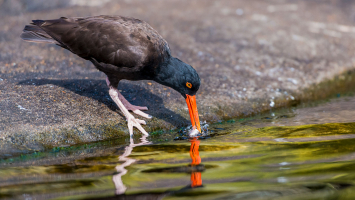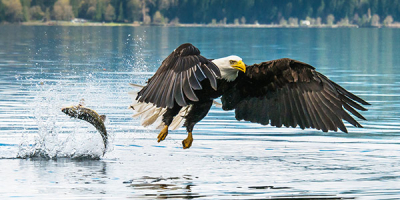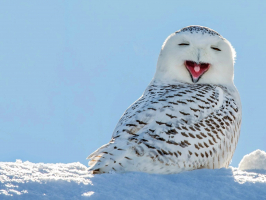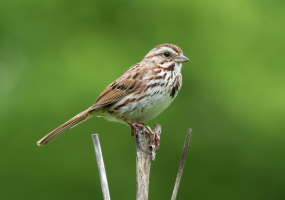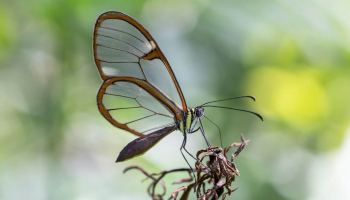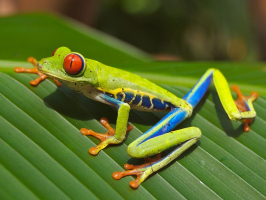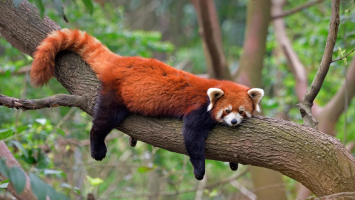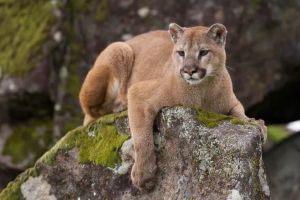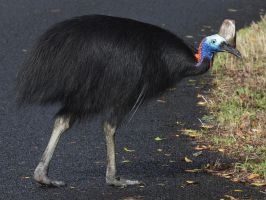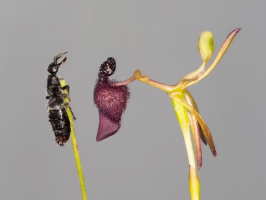Top 10 World's Beautiful Orange and Black Birds
Birds are some of the most brilliant creatures of the animal kingdom. Finding brightly colored birds around is the most calming experience for the heart and ... read more...mind. Among those colorful birds, it is not difficult to come across a bird that is black or orange. When these two colors go together, they create beauty and attract all eyes. Below is a list of the beautiful orange and black birds in the world, let's find out!
-
The Black-Headed Grosbeak (Pheucticus melanocephalus) is a medium-sized, seed-eating bird in the same family as the northern cardinal, the Cardinalidae. Deciduous and mixed forested habitats are where the black-headed grosbeak prefers to reside. Large trees and dense brush are preferred habitats for it, as well as conifer forests with pockets of broadleaved trees and shrubs, as well as streamside corridors, river bottoms, lakeshores, wetlands, and suburban areas.
A common starling and the black-headed grosbeak are about the same size. The male has a black head, black wings, and black tail with noticeable white patches, as indicated by its name. Its belly is yellow, and its breast ranges in color from dark to tawny orange. The female has sparrow-like black stripes on her brown head, neck, and back. Additionally, she has white streaks on her cheeks, over her eyes, and down the centre of her head. Her wings and tail are grayish-brown with two white wing bars and yellowish wing margins, while her breast is white.
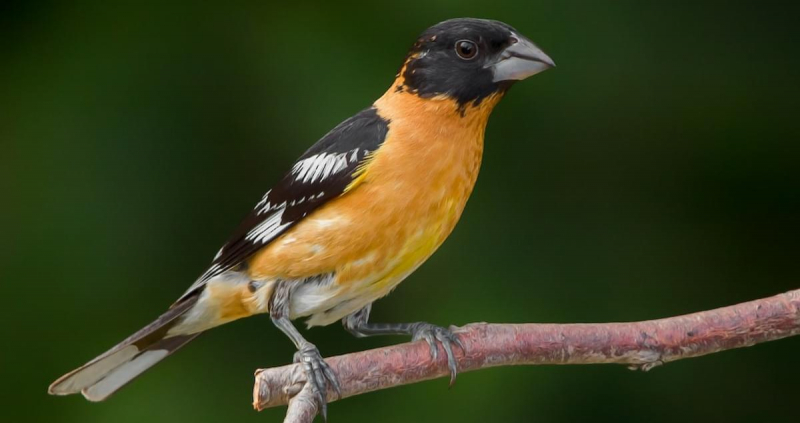
All About Birds 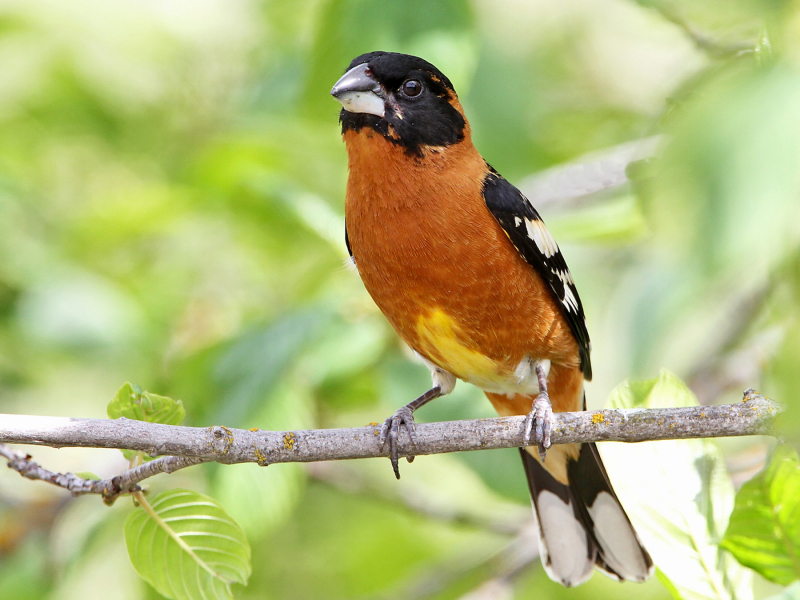
eBird -
The Orchard Oriole (Icterus spurius) is the smallest species of icterid. Orchard orioles that have been nominated leave their wintering grounds in March and April, and they move into their breeding grounds in late April or early May. In most cases, they depart from their breeding grounds in late July or early August and travel to their winter territories in the middle of August. These migratory birds travel at night.
At the base of the lower mandible, the bill is pointed, mostly black, but there is some blue-gray. The underparts, shoulder, and rump of the adult male of the nominate subspecies are chestnut, whereas the rest of his plumage is black. The ochre is used in place of chestnut in the subspecies I. s. fuertesi (Howell and Webb 1995). Both subspecies' adult females and juveniles have yellowish breasts and bellies and olive-green upper bodies. Adults all have white wing bands and pointed bills. By their second year, orchard orioles are regarded as adults. Males are yellow-greenish as one-year-olds with a black bib.
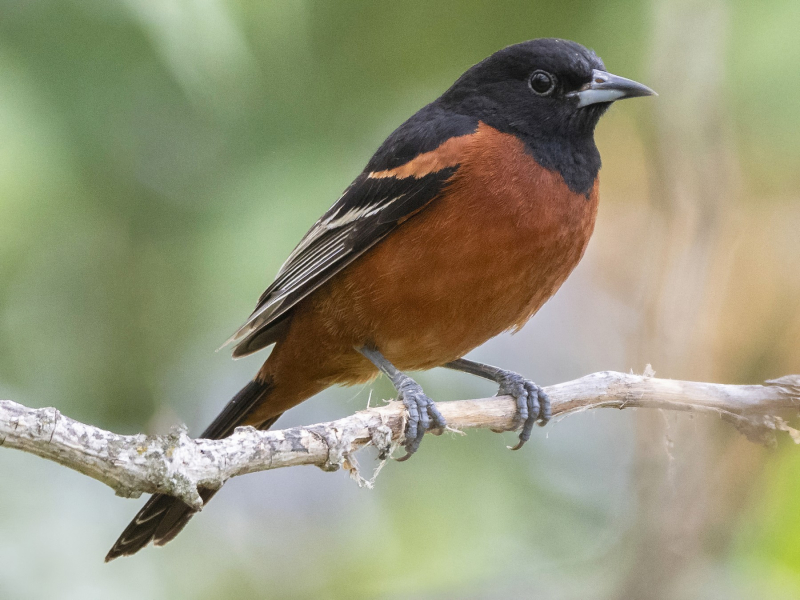
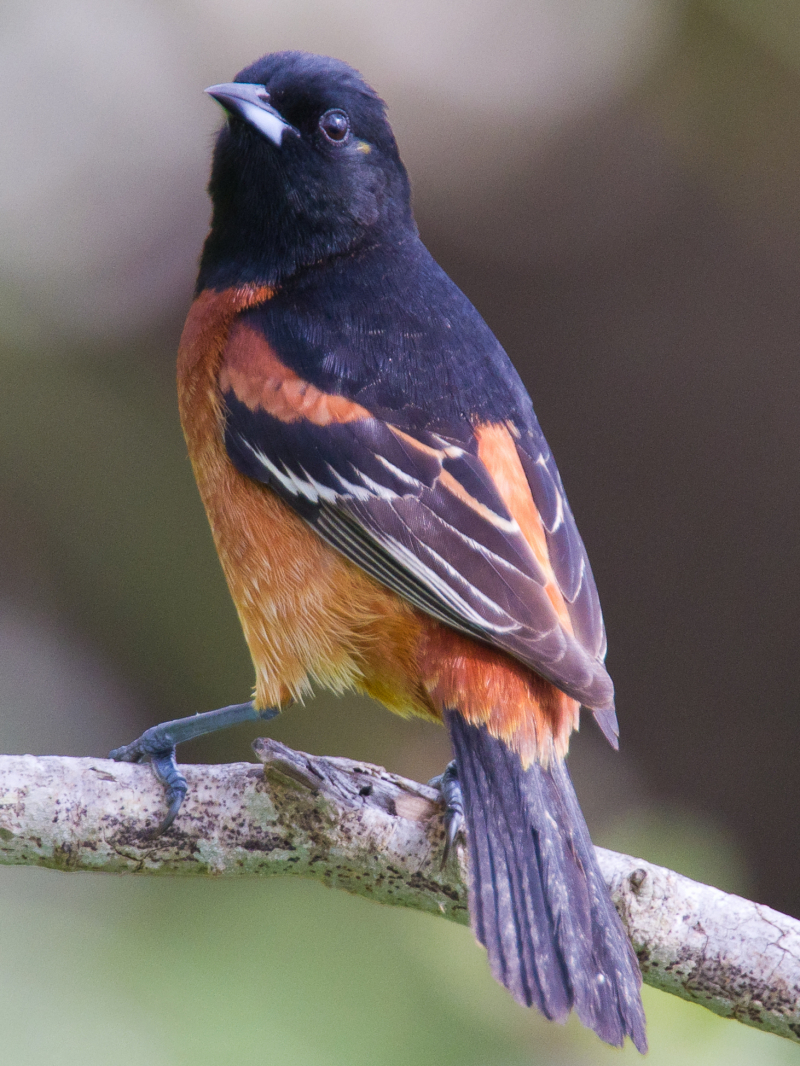
-
The majority of North America and parts of Central America are home to the Red-Winged Blackbird (Agelaius phoeniceus), a passerine bird of the Icteridae family. It has been asserted that the red-winged blackbird is the most numerous land bird in North America, as evidenced by censuses of wintering red-winged blackbirds that occasionally reveal loose flocks of more than a million birds each, as well as peak years when the total number of breeding pairs in North and Central America may exceed 250 million. It is also one of the most extensively researched wild bird species worldwide.
The mature male red-winged blackbird's conspicuous red shoulder patches, or epaulets, which are seen when the bird is flying or performing, are the source of the species' popular name. The male also has a light yellow wingbar when at repose. Males under one-year-old, who are often subservient, have smaller and more orange markings than adults. The female has a lower, lighter blackish-brown tone. Young birds resemble the female, except they have buff feather fringes and are paler below. The bill of both sexes is acutely pointed. The tail is rounded and modest in length. Black characterizes the foot, beak, and eyes.
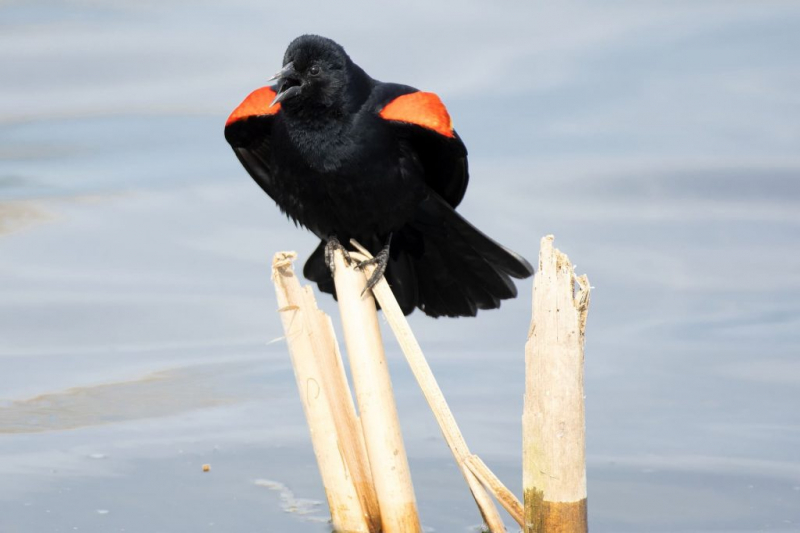
All About Birds 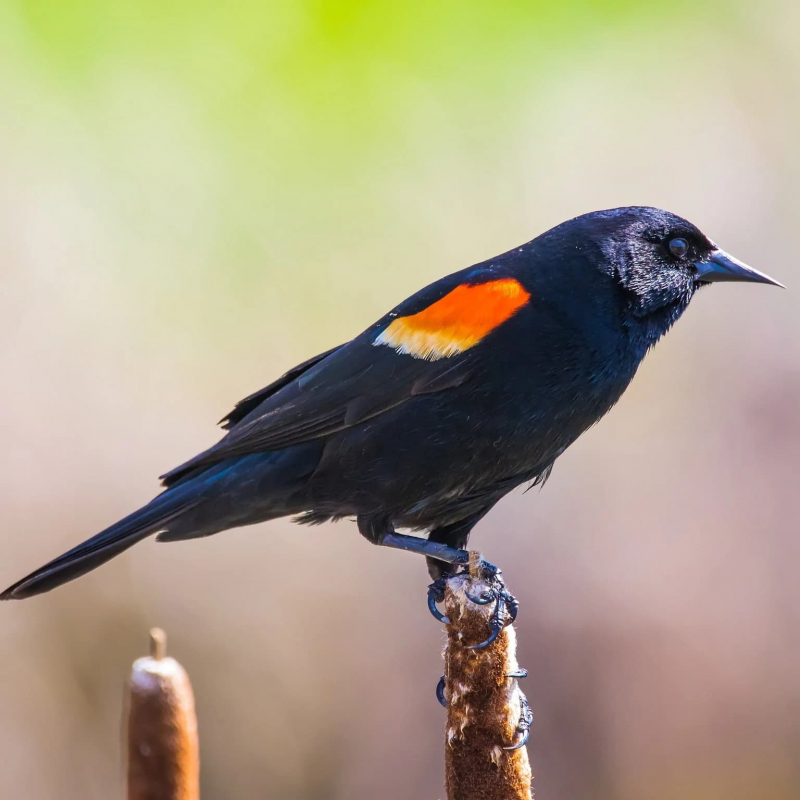
Nature's Way Bird Products -
The Black-and-Orange Flycatcher or black-and-rufous flycatcher (Ficedula nigrorufa) is a species of flycatcher endemic to the central and southern Western Ghats, the Nilgiris and Palni hill range in southern India. It is unique among the Ficedula flycatchers in having rufous coloration on its back and prior to molecular studies was suggested to be related to the chats and thrushes.
A colorful bird that is primarily found in high-elevation regions of the Western Ghats, the Nilgiris, the Palnis, and related hill ranges. The male has striking black wings and a black head. The female has a light eye ring and dark brown hair instead of black. Typically, they appear alone or in pairs. The juvenile bird is brownish orange with a pale vent and abdomen when it is about two weeks old. The wings are blue with a hint of brown, and the head has dark streaks. The orange tail seems stumpy, and there is a pale ring around the eye. They almost resemble adults eight weeks after fledging, with the exception of some brown feather patches on the cap.
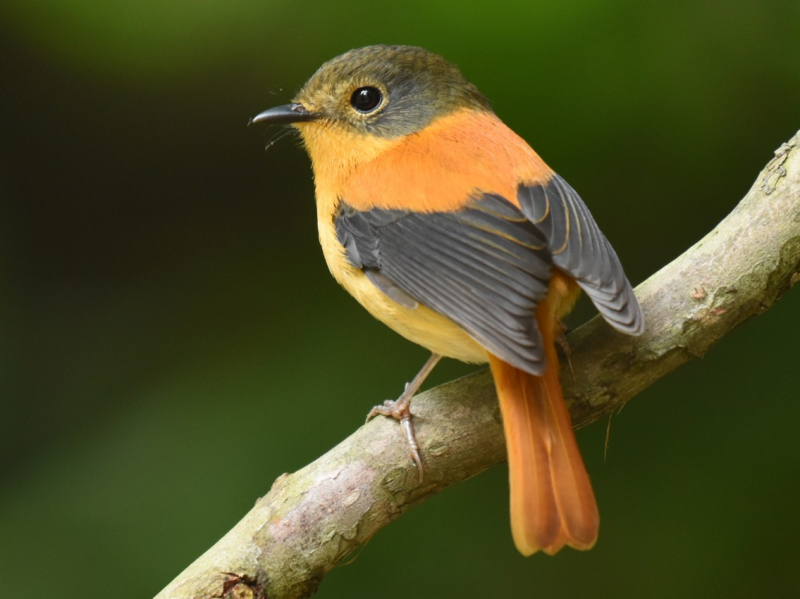
eBird 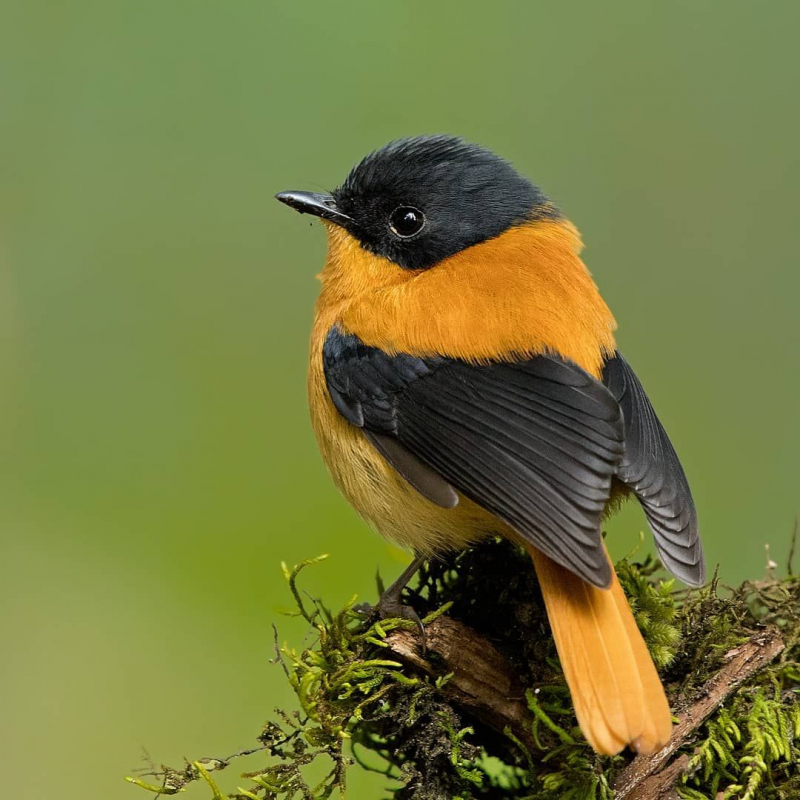
Pinterest -
The Northern Red Bishop or orange bishop (Euplectes franciscanus) is a small passerine bird in the family Ploceidae. It is part of the largest genus in the family with over 60 different species. Its sister species is the Southern red bishop (Euplectes orix). It is most common throughout the northern African continent but has also been introduced to areas in the western hemisphere.
This tiny short-tailed bishop is around 11 cm and weighs between 12 and 22 grams. Pigments from substances in their diet are used to make the colorful red-orange feathers. In particular, carotenoids, which are heavily reliant on nutrition, are the sources of the yellow, orange, and red hues. The two main carotenes that contribute to the bird's colour in the wild are lutein and two red fractions (R1 and R2) produced from lutein. Captive northern red bishops are deficient in the R2 red fraction carotenoid. The male's backside is covered in this plumage, which extends from the chin to the back of the head, the throat, and the breast. The crown, forehead, flank, and belly are all dark black. The tail and upper wings are brown, with pale legs and a black bill.
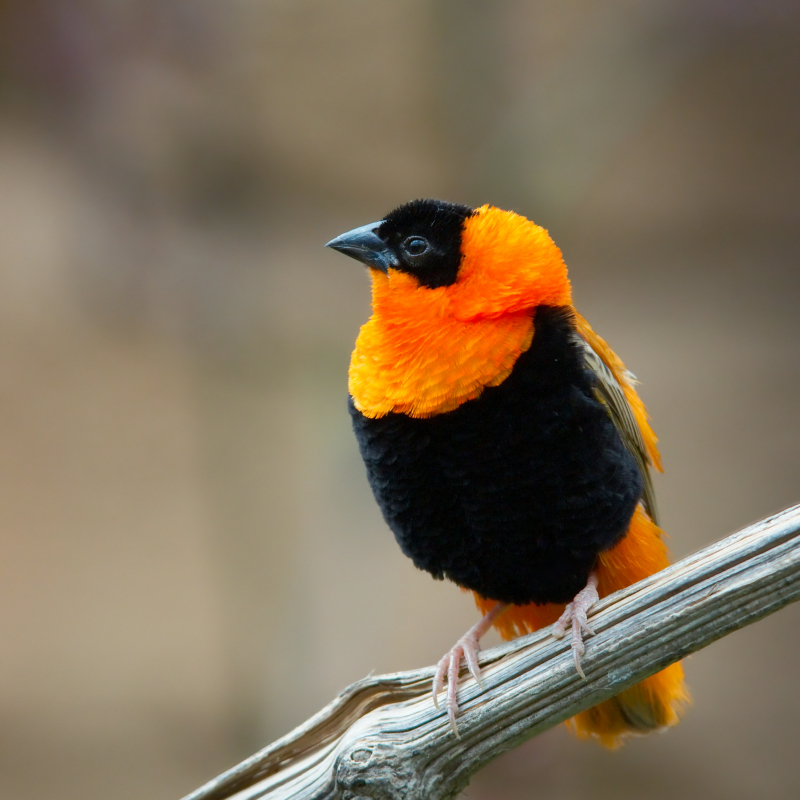
Wikipedia 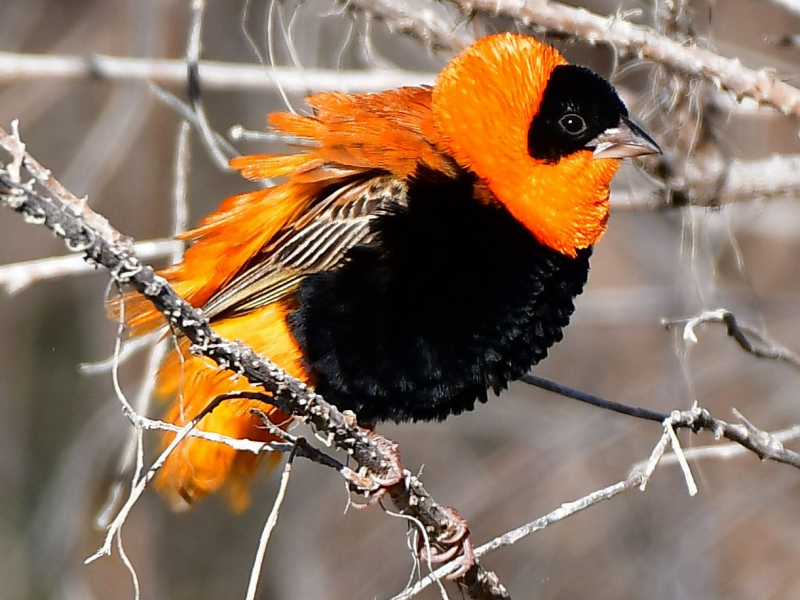
eBird -
The Altamira Oriole (Icterus gularis) is a new world oriole. The bird is common in subtropical lowlands along the Pacific coast and inland in northern Central America and the Mexican Gulf Coast. Southern Texas has since seen its expansion, but this did not happen until 1939. This bird forages high in trees, sometimes in the undergrowth. They mainly eat insects and berries.
The mandible and neck, as well as the back and long tail, are all black in color in both males and females. Although the flight feathers (remiges and rectrices) on the wings are black, they are edged with white. When folded, these produce a single white wing bar and white wing dots. Orange epaulets are created by the secondary coverts. Nearly all of the underside is orange or orange-yellow. Immature specimens typically have an olive back and pale yellow color on their head and body. The juvenile bird resembles the adult in appearance, with the exception of its olive-colored back and yellow-olive tail.
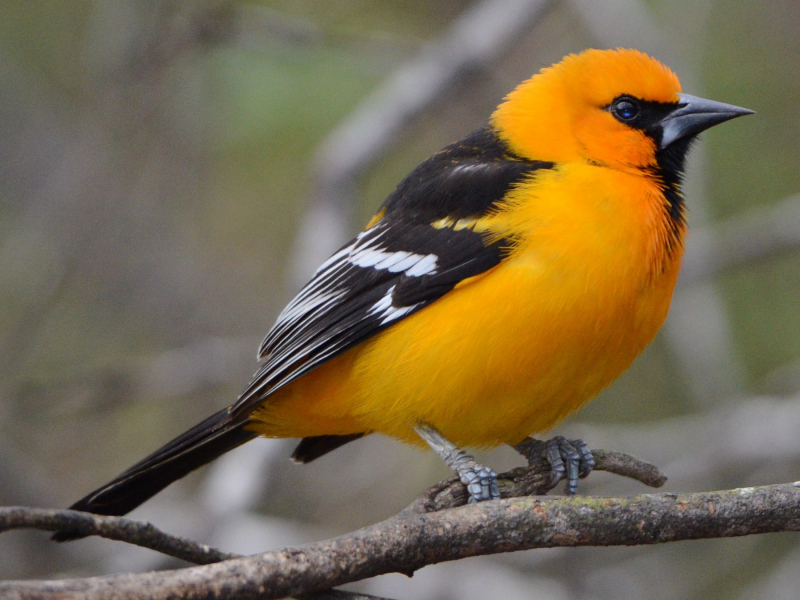
eBird 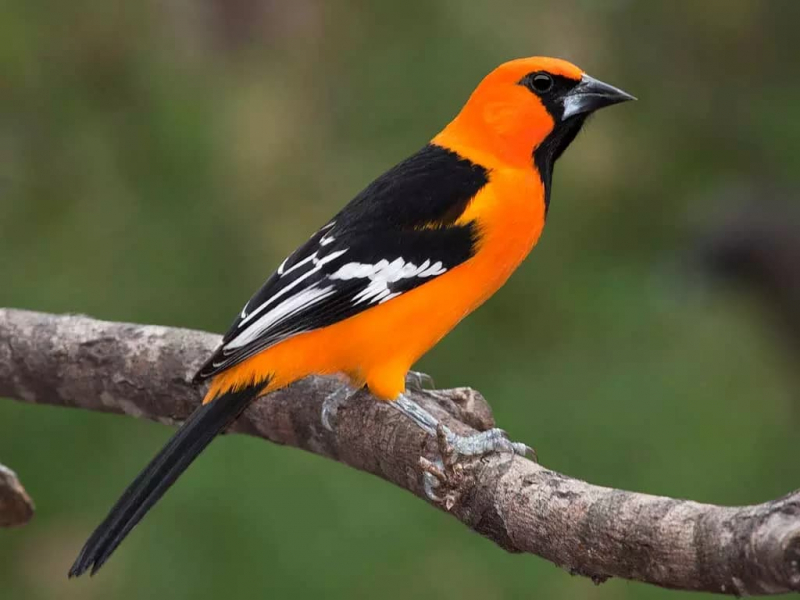
eBirdr -
The Baltimore Oriole (Icterus galbula) is a small icterid blackbird common in eastern North America as a migratory breeding bird. Baltimore orioles don't typically live in dense forests; instead, they are frequently seen perched high on big, green deciduous trees. The species has been spotted in open woods, forest edges, partially forested wetlands, and tree stands near rivers throughout the summer and migration. They may reproduce in a range of secondary habitats thanks to their high adaptability. As long as they keep their woodlots, they can now be found in orchards, farming, urban parks, and suburban environments. They spend the winter on Mexico's blossoming canopy trees, frequently above coffee plantations in the shade.
The underparts, shoulder patch, and rump of the adult male are orange; some birds have a very deep blazing orange color, while others have a yellowish-orange color. The male's remaining feathers are all black. The adult female has dull orange-yellow coloration on the breast and belly and a yellow-brown upper body with darker wings. The juvenile oriole resembles the adult female because males don't develop adult plumage until the fall of their second year.
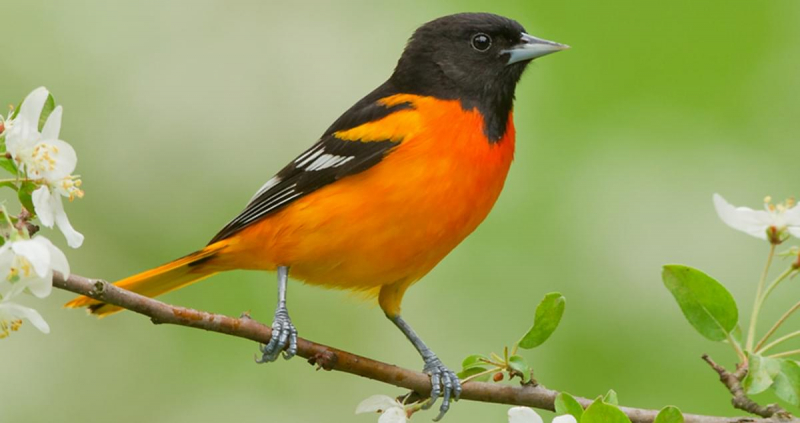
All About Birds 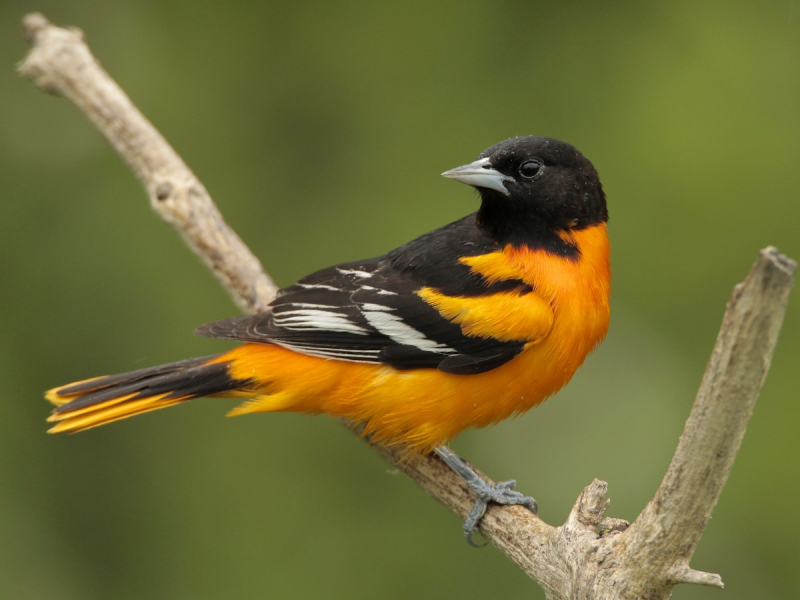
eBird -
The Bank Myna (Acridotheres ginginianus) is a myna found in the northern parts of South Asia. They are frequently seen in towns and cities and in flocks in the plains of northern and central India. They seem to be moving into India from the south. Their nearly unique preference for breeding in the earthen sides of rivers, where they dig burrows and raise enormous colonies of offspring, gave rise to their common name.
Talking about their appearance, they have a blackhead crown along with sides and the upper plumage is salty grey. The bill of bank myna is short and comes in shiny orangish-yellow color. The sexes are indistinguishable in the field. Young birds have browner heads and necks. The species is evolutionarily closest to the common myna. The gregarious bank myna breeds colonially forage in flocks and roosts in groups on trees. They call loudly and frequently, using a variety of sounds like clucks, croaks, screeches, whistles, and warbling elements.
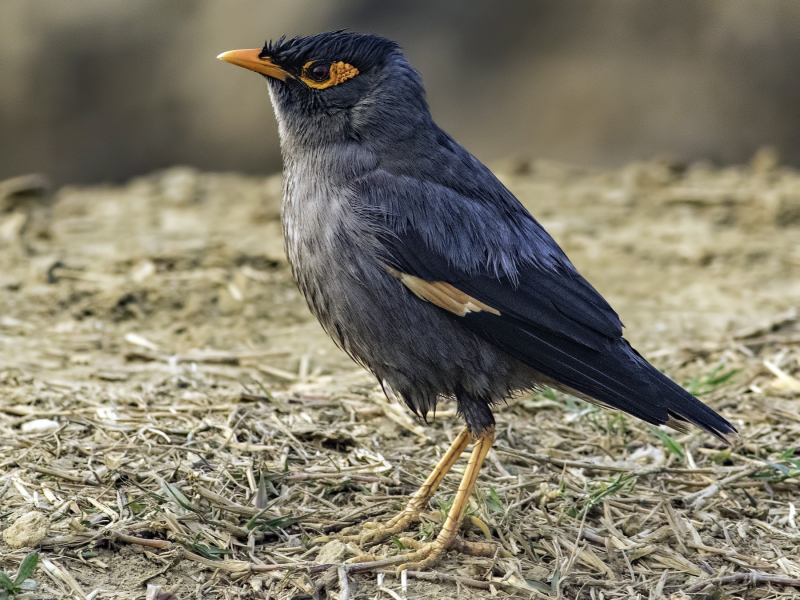
eBird 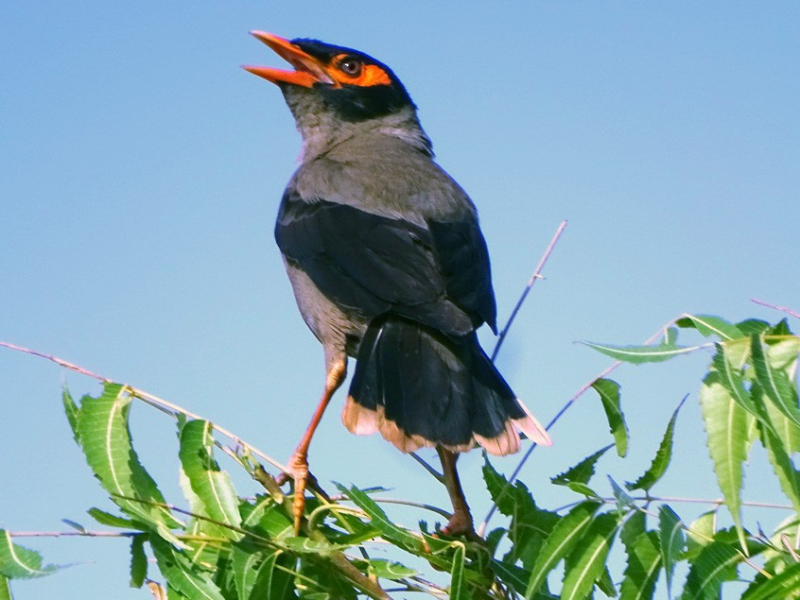
eBird -
Bullock's Oriole (Icterus bullockii) is a small new world blackbird. It favors habitat margins, just as other Icteridae species. They favor scrub forest, open deciduous woodland, and riparian corridors in particular. Breeding season observations reveal that this species favors places with a lot of cottonwoods, pecan, and (if near water) willow.
Strongly contrasted orange and black plumage, a black throat patch, and a white wing bar are characteristics of adult males. The back, wings, and tail are all black, while the underparts, breast, and face are all orange or yellow. From each eye to the black crown, a black line runs. White fringes form a wing patch on the coverts of the wings, which are feathers not directly employed for flying. The last three or four rectrices (flying feathers) of the tail, which are primarily black but have orange tips, make a T-shape. Adult females, on the other hand, have an olive head, duller yellow on the breast and underparts, and gray-brown upperparts. Some females may also have a dark throat patch, similar to (but less extensive than) the one found in adult males; in all cases, females lack the black eye line present in adult males. Females with throat patches are thought to be older individuals.
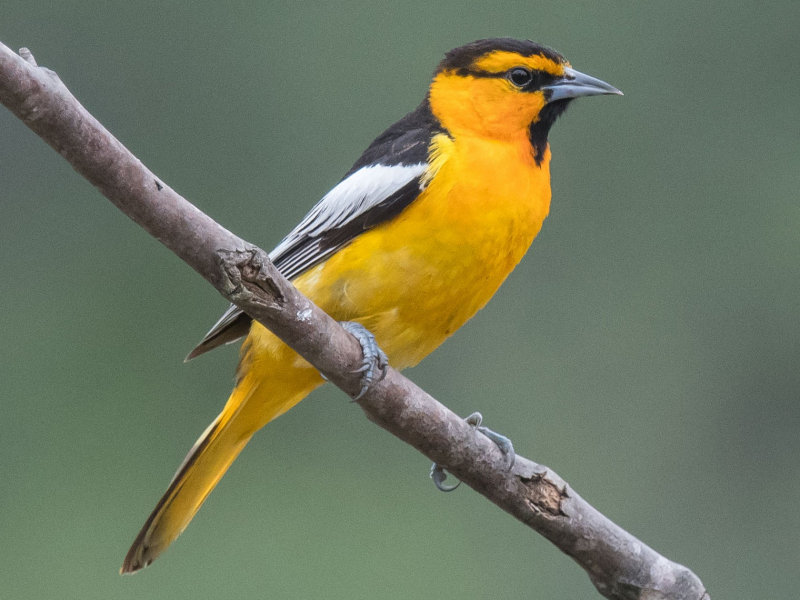
eBird 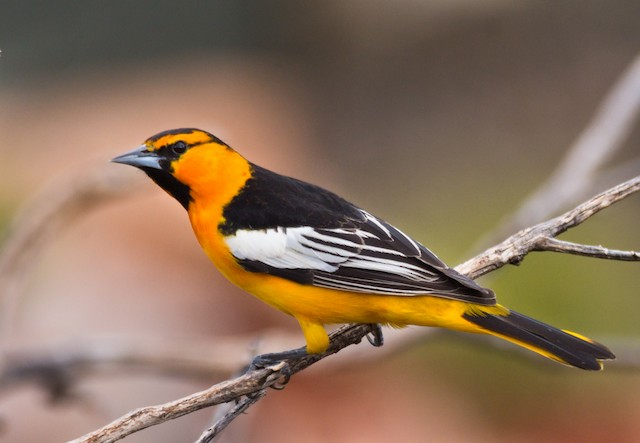
eBird -
A medium-sized species of passerine bird from the icterid family is the Streak-Backed Oriole (Icterus pustulatus), the same family as many blackbirds, meadowlarks, cowbirds, grackles, and others, including the new world orioles. It is indigenous to Mexico and Central America, and it occasionally travels to the United States. Its natural habitat consists of woodland, savanna, grassland, and shrubland. It prefers open arid woodland, typically with a strong presence of mimosa.
The Streak-backed Oriole’s diet consists mainly of insects and fruit; their long tail feathers make them adept at catching prey on the wing. Throughout the year, these birds normally live alone or in couples; only sometimes do they form sizable flocks when migrating. Its most notable feature is its orange plumage with a black mask, wings, and tail, making it one of the more unique birds in North America.
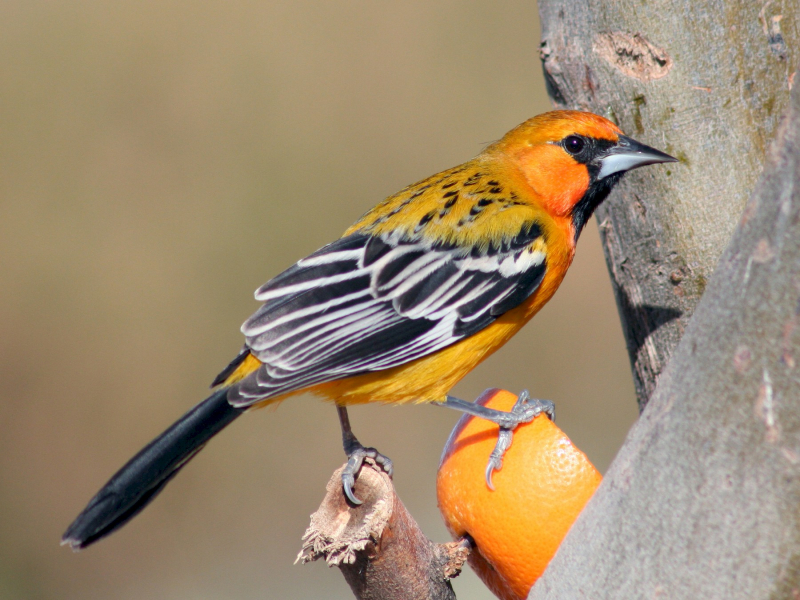
eBird 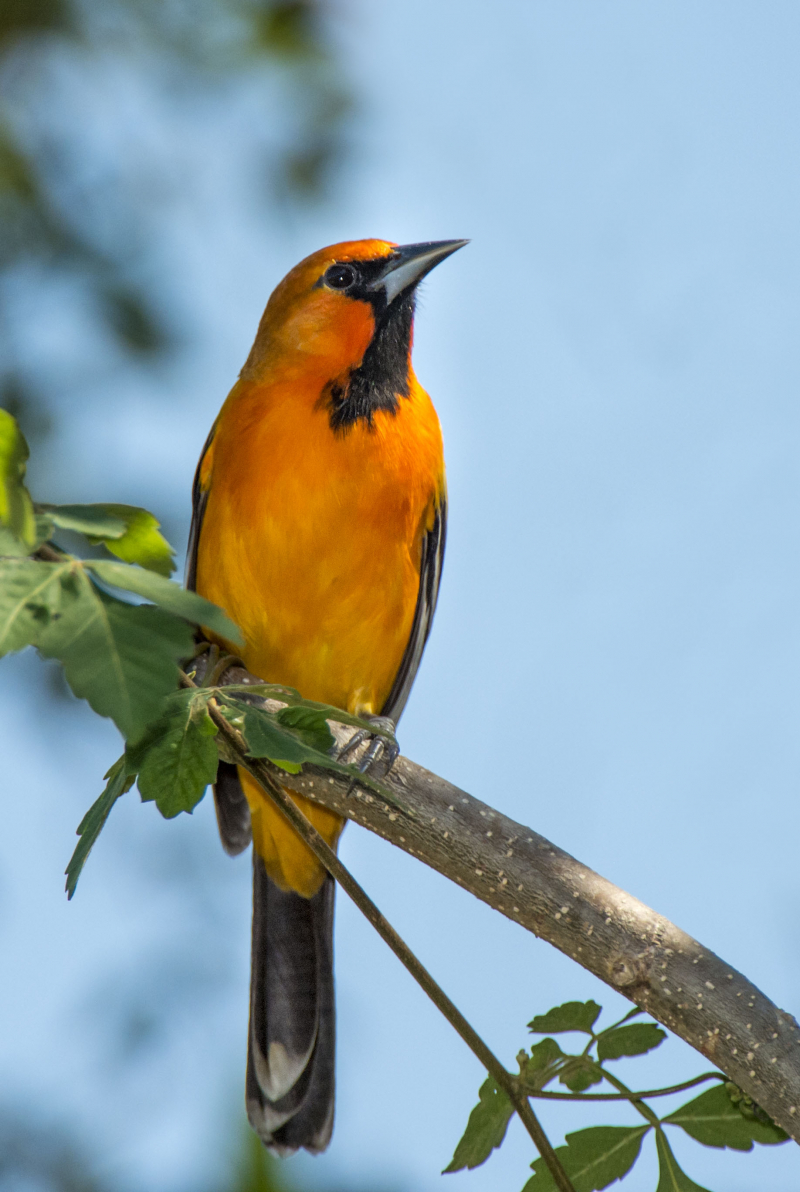
Owen Deutsch












